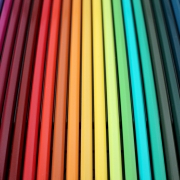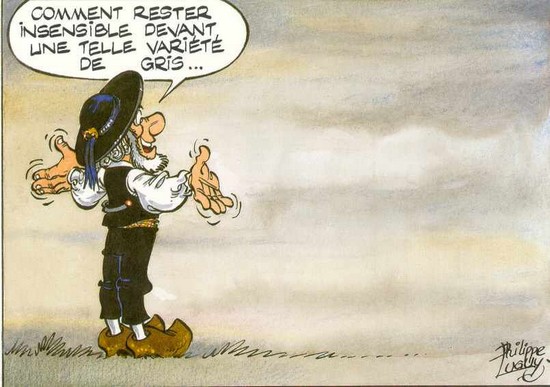The Days of the Week in German
The days of the Week in German
“Entschuldigen Sie, können Sie mir sagen, welchen Tag wir heute haben?”
Well, I hope you are not afraid when you here this question. By the way, its translation is “Excus me, could you tell me what day of the week it is today?” Would you exactly know what to anwer?
So, you’re that you have found this article in language-easy.org! We will have a more detailed look on these seven words you will use almost every day. Furthermore, let’s talk about the name of the months in German as well.
Well, are you ready to get into days of the week in German? “Heute ist der Tag, an dem wir beginnen werden!” (Today is the day we will beginn!)

German Days of the Week
The Translation of the days in German
The first chapter of our article today goes straight to the topic: The direct translation of the days of the week in German. Without loosing too much time in talking, let’s see the table.
| German | English |
| Montag | Monday |
| Dienstag | Tuesday |
| Mittwoch | Wednesday |
| Donnerstag | Thursday |
| Freitag | Friday |
| Samstag | Saturday |
| Sonntag | Sunday |
Now that you know the translation of the days of the weeks in German, everything is alright? Unfortunately, you entered the world of the German language. Here, nothing is easy. Well, here are some important rules you should follow in order to use the words for the days o the week in German in the right way.
Rules for using the days of the week in German
Let’s start right ahead with the most important rules for using the days of the week in German. You will see that it is much easier as you might think.
- Sometimes, the names for the days of the week in German are capitalized. This means that the first letter of the word is a capital. Of course, the day of the week are German nouns and they also behave like that. Nevertheless, you do not capitalize them when you put and “s” behind the word – this means this day in general.
- When using a day the week in German, you should use the word “am”. This word could be translated with the English verb “at”. If you don’t use this word when expressing a day, your German will certainly loose some for its perfectness.
- Every single one of the days of the week in German have a masculine article. So, the German articles you have to use is “der” as a definite article and “ein” as indefinite article.
- There are short forms for expressing the day of the week, especially used in written German. They are quite similar to the ones we use in English, although there are slight differences. Here you have a list.
German English Montag, Mo. Monday, Mon. Dienstag, Di. Tuesday, Tues. Mittwoch, Mi. Wednesday, Wed. Donnerstag, Do. Thursday, Thurs. Freitag, Fr. Friday, Fri. Samstag, Sa. Saturday, Sat. Sonntag, So. Sunday, Sun.
Some Background information about Days of the Week in German
Although Germany comes from the same general European culture as many factions of the United States, there are still differences between the German and American approaches to work and family tradition.
One main arena where that manifests itself is in the German approach to Sundays. Almost all stores are forbidden from opening on Sundays in Germany, making the day a sacrosanct time for family.
Many German families spend Sundays eating cake and coffee in cafes, taking strolls if the weather cooperates, and decidedly not shopping or working.
Some last advice at the End
Last but no least I want to thank you for your attention. Well, I know that languages, especially German, can be pretty hard – and, of course, slightly boring, sometimes. So, well done! You should know how to apply the days of the week in German in a proper way.
At last, it is of crucial importance that you keep on practicing – No matter if you do that by making appointments at some German speaking offices in order to test you. Or if you simply write practice sentences. Or if you just learn German children songs by heart and sing them. The only important thing is: Keep on practicing. Have a look at this website, where you can find some good exercises to master the German language!




